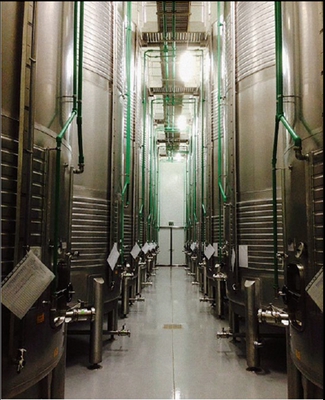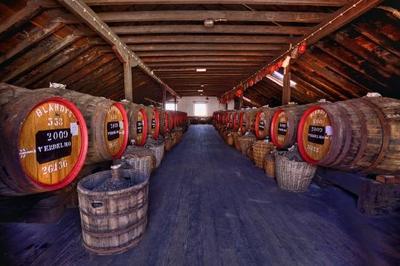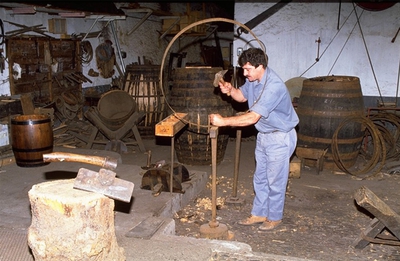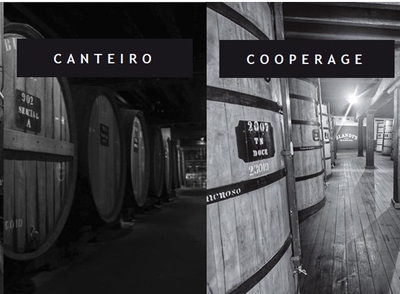The heating of the wine during the ageing process is unique. It came about during the era of discovery when barrels of wine were loaded onboard the visiting ships to provide much needed refreshments to the sailors and to also act as ballast. On one particular occasion, a barrel of wine was returned back untouched to a shipper after a long tour to India and after tasting the wine, the shipper noticed that it had improved remarkably in barrel. This improvement was attributed to the fact that as the ship had passed the equator 4 times, the wine was naturally heated by the high tropical temperatures. For many years, the practice of shipping wines on a round trip became normal, and gave birth to the "vinho da roda" (round trip wines).
With time, the practice of shipping barrels on a round trip became costly, and following the introduction of steam ships, the journey became much faster, and producers started using the "canteiro system". As sales grew, and demand increased, producers were challenged to find a faster way of supplying their costumer's needs, and as a consequence, the "estufagem" system was invented.
All wines are nowadays aged using one of two systems: "estufagem" and "canteiro".
 |
Estufagem: The process known as “estufagem” was introduced by a local doctor Pantelião Fernandes in 1794 as a consequence of increasing market demand. Today, the fortified wines are transferred to large tanks called “estufas” and gently warmed up to temperatures of 113°F during a period of four months using a system of hot water jackets wrapped around the tanks. After the gradual cooling of the wine in the 4th month, the wines are then left to age for two years in Brazilian satinwood vats. This process is only used with the Tinta Negra grape in the production of three year old wines. |
 |
Canteiro: The word “canteiro” derives from the name of the traditional supporting beams on which the American oak casks are placed. This unique process consists in the ageing of the wines in seasoned oak casks for a minimum period of four years. The casks are stored in lofts in Funchal where the natural warmth of the sun gently heats the wine. The casks are never 100% full, which allows the wine to slowly oxidize and to transform the primary aromas into tertiary aromas or the classical “Madeira Bouquet” of spices, roasted nuts, dried fruits smoke, amongst many others. On average, the company loses 7% of volume of wine per year through evaporation and it is the winemaker’s decision when to transfer the wine from the hottest attic floors to the lower cooler floors that ensures that this loss of volume is controlled. Years pass and eventually the wines reach the ground floor to finish ageing. This natural heating over time also leads to the progressive concentration of the wine. Wines produced in the “canteiro” system are stored in casks by the variety name and vintage year. This ancestral and totally natural process is used for all our premium wines. |
 |
Cooperage: Certain types of wood enhance the characteristic of the wine. The most notable types are American Oak, Brazilian Satinwood, and Chestnut. These types of wood are used to create four different types of barrels used in the Madeira aging process. |

